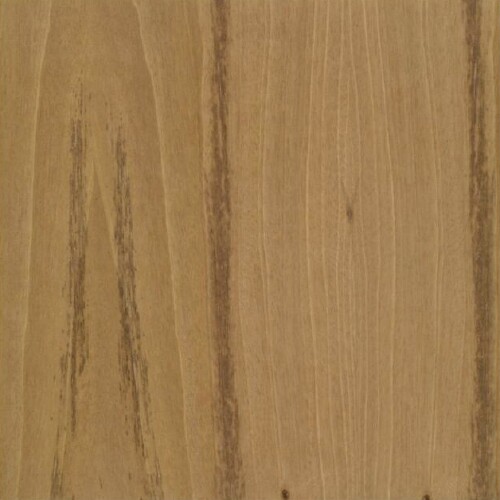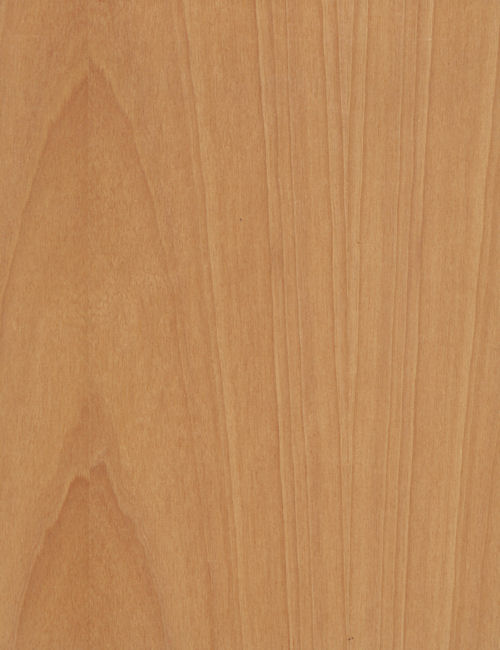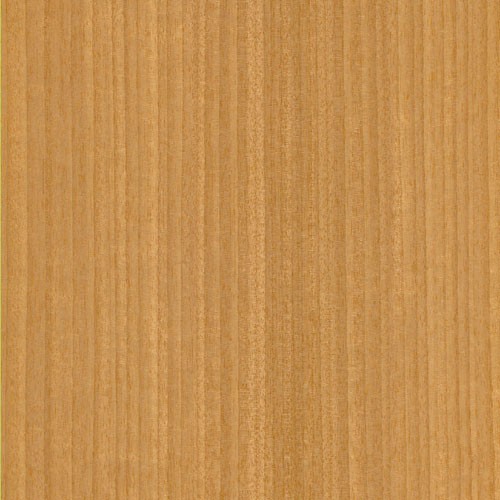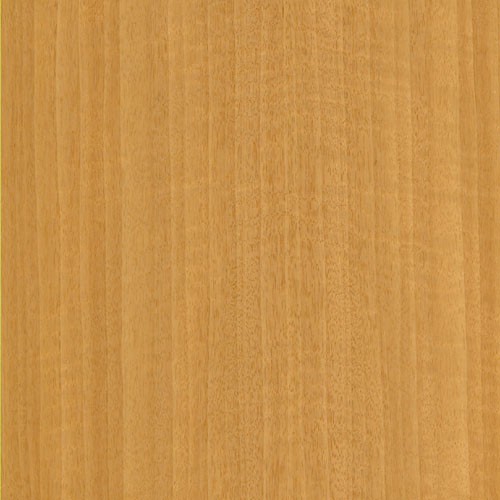Anigre
[Pouteria spp.]
While Anigre trees are found in Western Africa, the tropical hardwood grows more commonly in the moist tropical areas of Eastern Africa. A massive tree, it often grows up to 180 feet tall.
Overall, Anigre is a lustrous yellow or golden color that tends to darken to a more golden brown with age. While the heartwood is a light yellowish-brown, sometimes with a pinkish hue, the sapwood is not well defined. Anigre features a straight to interlocked grain, with a medium, uniform texture, and good natural luster.
Anigre can be highly figured – especially when quarter cut – with the resulting pattern sometimes referred to as “Fiddleback,” a description that comes from the grain pattern found on the backs of classic violins.
Common uses for Anigre include veneer, architectural plywood, interior furniture, and cabinet work. In board form, it’s also used for boatbuilding, general carpentry, and light construction purposes.
Species Distribution:
Tropical Areas of East Africa
Eastern Africa
Western Africa
Guinea
Sierra Leone
Ivory Coast
Ghana
Nigeria
Cameroon
Angola
Common / Alternative Names:
Anegre
Anegre Blanc
Longhi
Mugangu
Muna
Osan
Mukaly
Tanganyika Nuss
Janka Hardness:
990 lbf
Sustainability Status:
CITES Appendices: Not listed
IUCN Red List of Threatened Species: Some species are reported by the IUCN as being conservation dependent.














